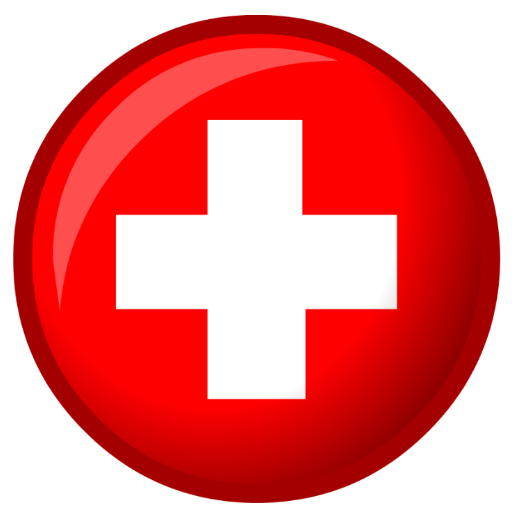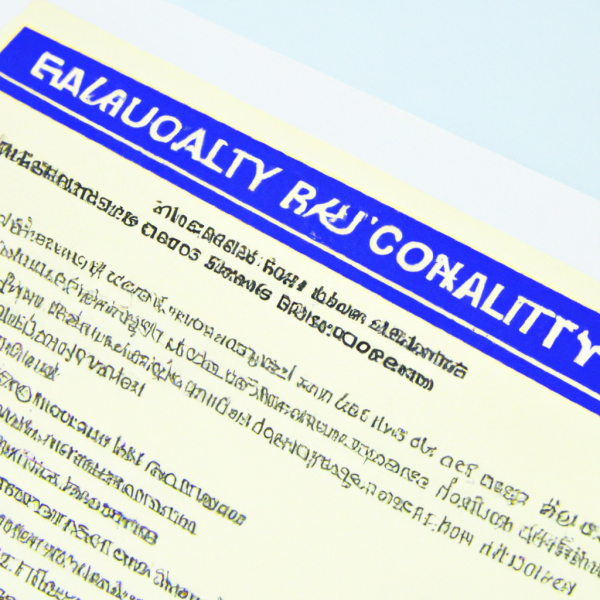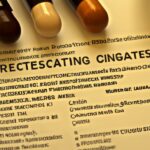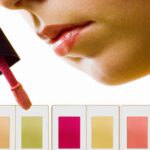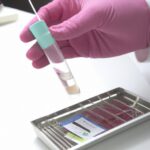Understanding Why Cosmetic Product Safety Reports Matter
When it comes to modern makeup and skin care products, consumers are no longer content with products that simply make them look good – they also demand premium, safe ingredients that won’t have a lasting negative impact on their skin. That’s why it is so important for luxury cosmetic producers in the modern era to take careful measures to provide the necessary safeguards when developing and manufacturing these products. One of the most important steps in these efforts is a comprehensive Cosmetic Product Safety Report.
What is a Cosmetic Product Safety Report?
A Cosmetic Product Safety Report is an official, scientific document detailing the safety of a specific cosmetic product. This official document is typically prepared by a toxicity specialist and must be included with a cosmetic product before it can be licensed for sale in the European Union. The Cosmetic Product Safety Report is designed to provides a detailed, scientific assessment of the potential risks posed by using the product, ensuring that the product does not put consumers at risk and meets the strict standards of safety within the EU.
Main Components of a Cosmetic Product Safety Report
A standard Cosmetic Product Safety Report issued within the European Union will generally include the following components:
-
- Safety Assessment – A thorough, scientific evaluation of the potential risks posed by the ingredients in the product, including both individual components and their potential reactions as part of a combined formula.
-
- Analytical Control – A complete record of the analytical testing performed on the product and its ingredients, demonstrating the quality of the raw materials used and verifying that the product meets applicable standards.
-
- Toxicology Considerations – A detailed review of the potential health risks posed by the ingredients and their interactions, backed by extensive scientific data.
-
- Microbiological Control – An assessment of the level of microbial contamination in the product and the effectiveness of the product’s preservation system.
-
- Product Information – An overview of the product’s packaging and performance features, along with detailed information on the product’s formulation.
Benefits of Conducting a Cosmetic Product Safety Report
Perhaps the most significant benefit of conducting a comprehensive Cosmetic Product Safety Report on a new cosmetic product is the assurance it provides for both consumers and manufacturers. Conducting a thorough scientific review of each product removes the guesswork from the equation and reduces the chances of any safety concerns within the market, minimizing the potential for significant costs and liability due to negligence. On the flip side, a Cosmetic Product Safety Report also serves as official proof for manufacturers that the product is safe and effective, helping to ensure that the product is in compliance with government standards and certified for sale.
Guidelines for Conducting Cosmetic Product Safety Reports
When conducting a Cosmetic Product Safety Report, it is important to adhere to a set of universal guidelines established by the EU. These guidelines state that the report is to be conducted by an experienced Toxicology Specialist with an accredited certificate and must include an assessment of 12 hazard classes:
-
- Skin Sensitization and Irritation
-
- Respiratory Sensitization
-
- Skin Phototoxicity
-
- Photodamage To Skin
-
- Acute Toxicity
-
- Mutagenicity
-
- Genotoxicity
-
- Reproductive Toxicity
-
- Carcinogenicity
-
- Organ Toxicity
-
- Systemic Toxicity
-
- Consumer Use Warnings
Risks of Selling Products Without a Cosmetic Product Safety Report
It goes without saying that selling any cosmetic products without a valid Cosmetic Product Safety Report can be a huge gamble. While there is the risk of fines from governmental organizations, the greater risk is the threat of consumer backlash and potential lawsuits. Without a proper scientific assessment, it’s impossible to guarantee that a cosmetic product is safe from all potential health risks, which can lead to significant damage to your brand and potential legal problems in the long term.
FAQs about Cosmetic Product Safety Reports
What is a Cosmetic Product Safety Report?
A Cosmetic Product Safety Report is an official, scientific document detailing the safety of a specific cosmetic product. Prepared by a toxicity specialist, this report is typically required in order to obtain approval for sale within the European Union.
What is Included in a Cosmetic Product Safety Report?
A Cosmetic Product Safety Report typically includes a Safety Assessment, Analytical Control, Toxicology Considerations, Microbiological Control and Product Information.
What are the Benefits of Cosmetic Product Safety Reports?
Producing a Cosmetic Product Safety Report provides both consumers and producers with the assurance that the product is safe and effective. It also serves as proof of compliance with governmental standards.
What are the Guidelines for Cosmetic Product Safety Reports?
The European Union has established guidelines for conducting Cosmetic Product Safety Reports which require that the report be conducted by a qualified Toxicology Specialist and must include an assessment of 12 hazard classes.
What are the Risks of Selling Products Without a Cosmetic Product Safety Report?
Selling a cosmetic product without a valid Cosmetic Product Safety Report can be extremely risky and can lead to fines, consumer backlash, and even potential lawsuits resulting in significant damage to your brand.
Conclusion
The modern luxury cosmetics market requires products that not only look great but also meet very stringent safety regulations and standards. A comprehensive Cosmetic Product Safety Report is an essential tool in this process, providing a scientific basis to ensure that the product is safe and compliant with governmental rules and regulations. By following the guidelines set forth by the European Union and following the steps outlined in the Cosmetic Product Safety Report, luxury cosmetics producers can ensure that their products are of the highest quality and stand up to the toughest safety regulations.
Importance of Regular Cosmetic Product Safety Reports
In the ever-evolving world of luxury cosmetics, it is crucial for producers to prioritize the safety and well-being of their consumers. Simply providing products that enhance appearance is no longer sufficient. In order to gain a competitive edge and ensure customer satisfaction, cosmetic producers must invest in comprehensive Cosmetic Product Safety Reports. These reports play a pivotal role in guaranteeing the safety and efficacy of cosmetic products, while also complying with regulatory standards. Let’s delve deeper into the significance of regular safety reports in the cosmetics industry.
Why Are Cosmetic Product Safety Reports Essential?
A Cosmetic Product Safety Report serves as an official, scientific document that meticulously evaluates the safety aspects of a specific cosmetic product. It is a prerequisite for obtaining licensing and approval to sell products within the European Union. By conducting a thorough safety assessment, producers can demonstrate their commitment to consumer well-being and uphold the rigorous safety standards set by regulatory bodies.
The Key Components of a Comprehensive Safety Report
A well-crafted Cosmetic Product Safety Report comprises several essential components. These components provide a holistic view of the product’s safety and quality. Let’s explore them in detail:
Safety Assessment
The safety assessment is a meticulous scientific evaluation that identifies and examines potential risks associated with the product’s ingredients. It includes a comprehensive analysis of individual components and their potential reactions within the formulation. This assessment ensures that the final product poses no harm to consumers when used as intended.
Analytical Control
Analytical control involves conducting rigorous testing on the product and its ingredients. This process verifies the quality and purity of raw materials and confirms that the product meets applicable standards. By ensuring the reliability of the ingredients, producers can instill confidence in consumers and regulatory authorities alike.
Toxicology Considerations
Toxicology considerations play a pivotal role in assessing the potential health risks posed by the product’s ingredients. Through an in-depth review backed by scientific data, toxicology specialists evaluate the interactions and effects of these ingredients. This analysis enables producers to make informed decisions and create safe, non-toxic formulations.
Microbiological Control
Microbiological control is a critical aspect of product safety. It involves assessing the level of microbial contamination present in the product and evaluating the effectiveness of the preservation system. By conducting these evaluations, producers can ensure that their products are free from harmful microorganisms and minimize the risk of infections or other adverse effects.
Product Information
A comprehensive Cosmetic Product Safety Report includes an overview of the product’s packaging, performance features, and detailed information about its formulation. This information aids consumers in making informed choices and assists regulatory authorities in understanding the product’s characteristics.
The Benefits of Regular Safety Reports
Conducting regular Cosmetic Product Safety Reports offers numerous advantages for both consumers and producers. Let’s explore these benefits:
– **Consumer Assurance**: Thorough scientific evaluations eliminate guesswork and instill confidence in consumers. By demonstrating commitment to safety, producers can build trust, foster brand loyalty, and ensure customer satisfaction.
– **Reduced Liability**: Regular safety reports mitigate the potential for safety concerns and associated costs. By proactively addressing any risks, producers can avoid negligence-related liabilities and protect their brand reputation.
– **Compliance with Government Standards**: Safety reports serve as official proof that the product adheres to governmental safety regulations. Compliance with these standards is crucial for market entry and sustained success in the cosmetics industry.
Guidelines for Conducting Safety Reports
To ensure accurate and reliable safety reports, it is imperative to follow established guidelines. The European Union has set forth comprehensive guidelines for conducting Cosmetic Product Safety Reports. These guidelines
stipulate that an experienced Toxicology Specialist with an accredited certificate must perform the assessment. Additionally, the report must include an assessment of 12 hazard classes, which encompass various potential risks associated with the product.
The 12 hazard classes include:
– Skin Sensitization and Irritation
– Respiratory Sensitization
– Skin Phototoxicity
– Photodamage to Skin
– Acute Toxicity
– Mutagenicity
– Genotoxicity
– Reproductive Toxicity
– Carcinogenicity
– Organ Toxicity
– Systemic Toxicity
– Consumer Use Warnings
By adhering to these guidelines, producers can ensure the integrity and accuracy of their safety reports.
The Perils of Selling Products Without Safety Reports
Selling cosmetic products without valid Cosmetic Product Safety Reports entails substantial risks. Apart from potential fines imposed by regulatory bodies, there is a significant threat of consumer backlash and lawsuits. Without a scientifically backed assessment, it is impossible to guarantee the product’s safety. Consequently, brands may suffer severe damage to their reputation and face legal ramifications that can have far-reaching consequences.
In conclusion, the modern cosmetics industry demands a comprehensive approach to product safety. A robust Cosmetic Product Safety Report serves as a scientific foundation for ensuring consumer well-being and compliance with stringent regulations. By adhering to established guidelines, producers can create safe, effective, and trustworthy cosmetics that elevate their brand and contribute to the overall safety and satisfaction of their valued customers.
